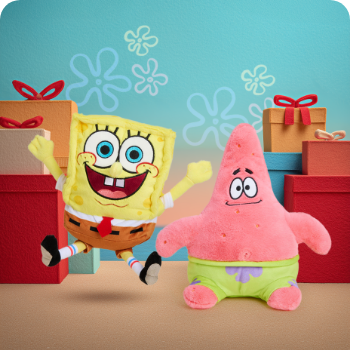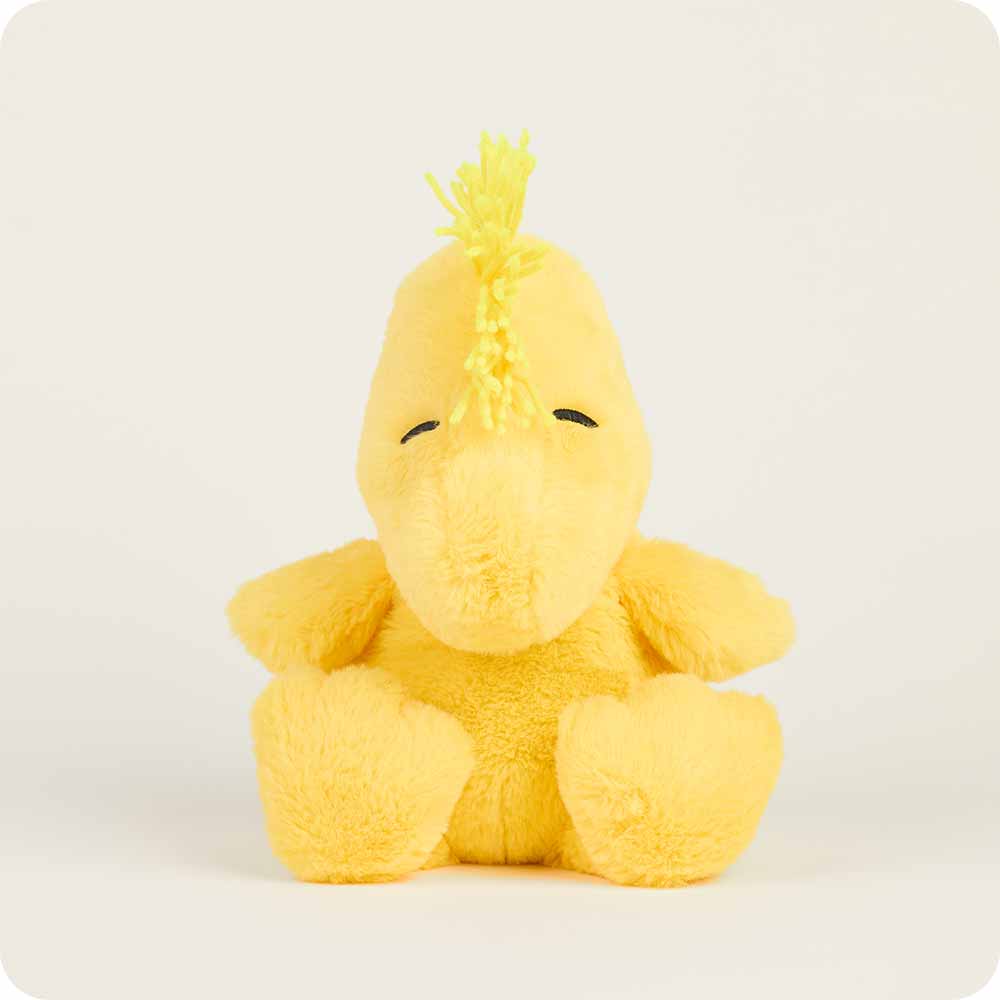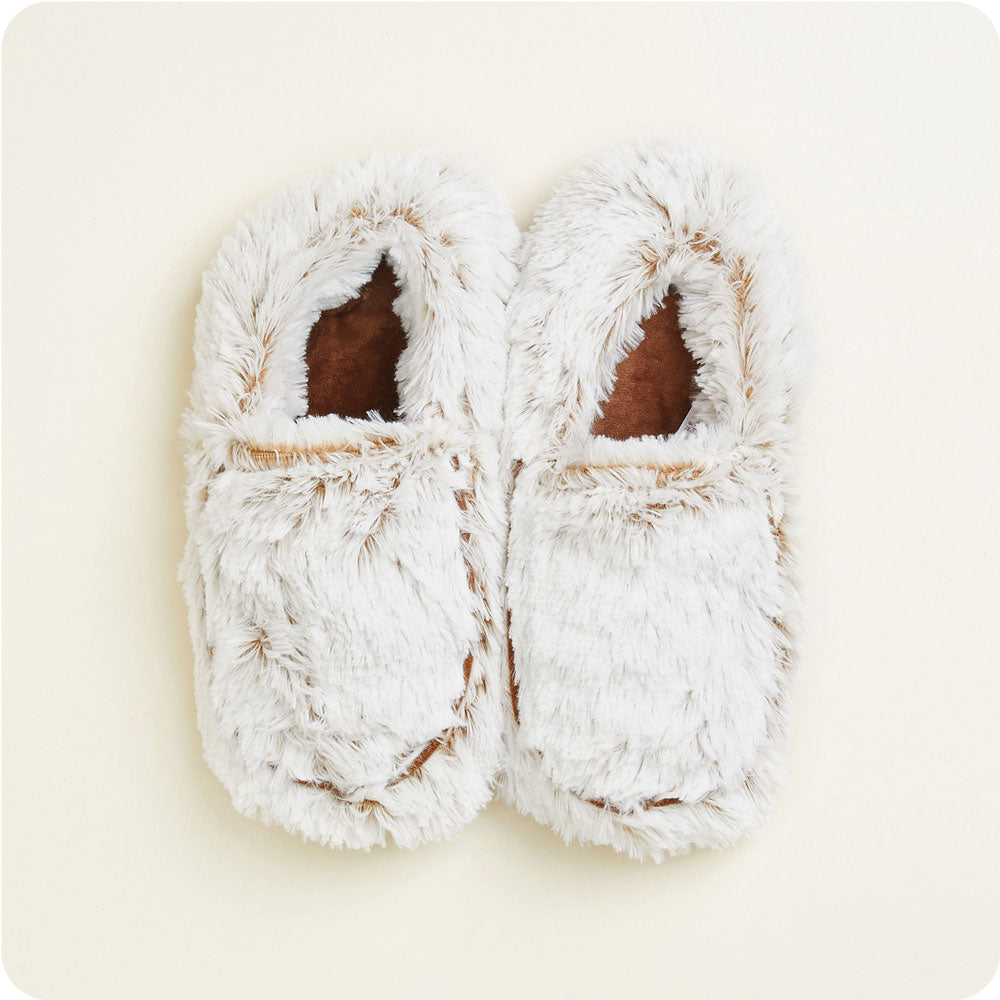The History of Snoopy: From Comics to Pop Culture Icon
The Fascinating History of Snoopy
Can’t get enough of Charlie Brown, Snoopy, and the rest of Peanuts? Finding the history of Snoopy can be tough enough to have you saying “Good grief”. That’s why Warmies is here! We’re covering the whole Snoopy history, showcasing the story of this beloved beagle who became a global sensation and whose charm continues to evolve in the digital age. From his early appearances in comics to his star on the Hollywood Walk of Fame, Snoopy’s legacy has only grown over the decades. Learn some lesser-known facts about Snoopy and see the newest Snoopy stuffed animal from Warmies! So let us dive into Snoopy’s origin story and road from nap-loving dog to phenomenon and what the future holds for this iconic character. Let’s begin!
Snoopy's Origins in the Peanuts Comic Strip

The Peanuts comic strip history and Snoopy origins began at nearly the exact same time, with Charles M. Schulz writing the lovable pup into the story on October 4, 1950, just two days after the comic debuted. The Schulz creation, Peanuts quickly became a fan favorite, with Snoopy evolving into one of its most beloved characters. In Snoopy’s early design, he was a simple, small beagle resembling an average dog, but over time, Schulz’s artistic style evolved, and so too did Snoopy.
As Peanuts progressed, Charles Schulz Snoopy character underwent several transformations. In the early years, he was mostly depicted as a silent, loyal pet. Over time, this multilingual dog had a far more expressive and human-like personality. By the 1960s, Snoopy’s imaginative side began to shine, leading to his famous alter egos, like the World War I Flying Ace. His growing independence and witty inner monologues became a central part of the strip, establishing him as more than just Charlie Brown’s pup.
Snoopy’s relationships, particularly his friendship with Charlie, highlight his importance in the comic strip. While their bond is affectionate, Snoopy often teases Charlie Brown, creating a dynamic filled with humor and warmth. Snoopy’s evolution from a simple pet to a multi-dimensional character helped solidify his place in comic strip history and the fan’s hearts.
The Evolution of Snoopy's Character
The Snoopy character evolution in Peanuts reached far higher than just Charlie Brown’s loyal beagle. Over time, Snoopy’s imagination led him to transform into a multi-faceted character with various alter egos, most famously a daring fighter pilot during World War I, flying his doghouse as if it were a Sopwith Camel biplane.
First introduced in 1965, the Snoopy Flying Ace persona saw the beagle donning stylish aviator goggles and a scarf, battling his primary nemesis the Red Baron atop his doghouse-turned-plane. The German fighter pilot named Red Baron was, in fact, a real historical figure from World War I. This imaginative escape not only highlighted Snoopy’s adventurous spirit but also became a defining aspect of his character, endearing him to readers and flying into the hearts of kids across the globe.
Beyond the Flying Ace, Snoopy embraced several other personas, including Joe Cool, the ever-suave college student along with the literary beagle, who thoughtfully typed out his novel atop his iconic red doghouse. These alter egos allowed Snoopy to break free from the typical dog role, showcasing his independence and creativity. His vibrant inner life made him one of the most dynamic characters and his diverse interests made it easy for children and adults to see themselves in them.
Snoopy’s playful, free-spirited nature starkly contrasts with many other Peanuts characters, notably Charlie Brown. Charlie’s constant anxieties and self-doubt added depth to their relationship and proved the power of unlikely friendships. While Charlie Brown longs for success and acceptance, Snoopy lives confidently in his whimsical world, often poking fun at his owner. This contrast, combined with Snoopy’s imaginative escapades, contributed greatly to the enduring popularity.
Snoopy in Television and Film

Snoopy's transition from comic strip to screen solidified his place as a pop culture icon. His first major television appearance was in the beloved 1965 special A Charlie Brown Christmas, where Snoopy’s antics added a playful charm to the heartwarming story. This was followed by It’s the Great Pumpkin, Charlie Brown (1966), where Snoopy’s Flying Ace was a defining moment. Both of these Charlie Brown & Snoopy TV specials were critically acclaimed, with A Charlie Brown Christmas winning an Emmy and Peabody Award, and Snoopy’s on-screen personality resonated deeply with audiences.
Snoopy in film expanded with The Peanuts Movie (2015), where his Flying Ace pilot persona was central to the plot. Peanuts movies Snoopy beautifully blended nostalgia with modern animation, and Snoopy’s lovable, mischievous nature played a key role in its success. Critically, the movie was praised for staying true to the spirit of Schulz’s work, while also introducing Snoopy to new generations.
Snoopy’s TV and film appearances have a lasting cultural impact. His humor, independence, and vivid imagination captivated audiences, turning him into a symbol of lighthearted fun. These specials and films enjoyed both critical and commercial success, solidifying Snoopy’s place in the world of entertainment.
Snoopy as a Global Icon
Snoopy’s journey from comic strip beagle to global icon has made him one of the most recognizable characters worldwide. Snoopy international popularity skyrocketed, especially in countries like Japan, where he is beloved for his cute, whimsical nature. In Japan, the delightful dog has inspired everything from themed cafés to large-scale exhibitions, proving his enduring appeal of Snoopy in pop culture. Europe has similarly embraced the beagle, with merchandise, cartoons, and even art displays.
One of Snoopy’s most iconic global moments is his regular appearance in the Macy’s Thanksgiving Day Parade. Since 1968, various Snoopy balloons have floated through New York City, making him a beloved part of American tradition and extending his influence internationally.
Snoopy’s image has also been widely used in global branding and campaigns. From clothing collaborations with major designers to his role as NASA’s safety mascot, Snoopy’s cultural reach transcends generations and borders. His friendly, playful persona has made him a universal symbol of joy and nostalgia, making him a marketing favorite worldwide.
The Snoopy global icon is a blend of humor, independence and imagination that continues to capture hearts, ensuring his place in international pop culture for years to come.
Snoopy in Merchandise and Toys

The playful pup’s likeness has been widely commercialized, which is why there’s so much amazing Snoopy merchandise to enjoy! From Snoopy stuffed animals like Warmies to clothing, home decor, and accessories, Snoopy-themed items appeal to fans of all ages. Popular Snoopy stuffed animals capture his cute and iconic design, bringing comfort and joy to countless homes. Collaborations with major brands, such as Uniqlo and Vans, have further expanded Snoopy’s presence in fashion and pop culture. The nostalgic connection to Peanuts fuels the continued success of Snoopy toys, as generations of fans seek out products that evoke childhood memories.
The Legacy of Snoopy as a Beloved Stuffed Animal
The Snoopy toy legacy as a beloved stuffed animal spans generations, with parents sharing their love of the napping pup with their kids. Snoopy plush toy history began with early plush toys in the 1950s, as Peanuts gained popularity. Originally manufactured by Determined Productions, these early Snoopy plush toys quickly became cherished companions for children. Over the decades, Snoopy plush toys have remained popular, especially during cultural milestones like the release of A Charlie Brown Christmas. Today, limited-edition and collectible Snoopy stuffed animals, such as Warmies® Snoopy, continue to attract fans, both young and old. The emotional and nostalgic value of Snoopy plush toys is significant, often passed down through generations, symbolizing comfort and childhood memories.
Snoopy as a Therapeutic Companion

Snoopy stuffed animals aren’t just cute friends loved by Charlie Brown and the world, they have become valuable therapeutic companions, offering comfort and support for emotional and physical wellness. While the idea of a Snoopy stuffed animal wellness might seem unusual at first—considering he’s a talking dog with an imagination that runs wild—his childlike wonder and relatable humor, like when he says, "I think I'm allergic to mornings," make him a perfect choice for a therapeutic stuffed animal.
Snoopy Warmies, for example, provides soothing warmth, gentle weight and lavender aromatherapy, making it ideal for stress relief as well as physical relaxation.
Warmies Snoopy comfort toys are often used in hospitals, therapy sessions, and in mental health settings to provide a sense of security and calm. Snoopy Warmies comforting design helps reduce anxiety, which has proved especially helpful in situations where a child may be facing medical challenges or difficult emotional situations. Organizations and initiatives that focus on patient comfort frequently use Snoopy toys to create a sense of familiarity and warmth, promoting well-being in both kids and adults.
Fun Facts About Snoopy

Below we have interesting facts about Snoopy you may not know! This Snoopy trivia will impress even the most Charlie Brown of people.
1. Snoopy Has a Big Family!
Did you know Snoopy has several siblings? His most famous brother is Spike, a skinny, desert-dwelling beagle from Needles, California, but he also has siblings named Belle, Marbles, and Olaf, among others!
2. Snoopy Has His Own Hollywood Star
Snoopy isn’t just a comic strip icon—he has his very own star on the Hollywood Walk of Fame! He was honored in 2015, cementing his status as a global superstar.
3. He’s NASA Mascot:
Snoopy plays an important role in space exploration. He’s the mascot of NASA’s safety program, and the prestigious “Silver Snoopy Award” is given to NASA employees who demonstrate excellence in safety and mission success.
4. He’s a Multilingual Beagle
Snoopy’s "thought bubbles" have been translated into over 20 languages, making him a beloved character around the globe.
5. Snoopy’s Aviation Dreams Were Inspired By Schulz
Snoopy’s famous alter ego, the World War I Flying Ace, was inspired by creator Charles M. Schulz’s love for aviation.
We hope you loved this Snoopy trivia as much as us!
The Future of Snoopy

The future of Snoopy looks bright as he continues to evolve in what we’re calling the “Snoopy digital age”...all without missing a single nap on top of his dog house. With shows like The Snoopy Show on Apple TV+, Snoopy’s charm reaches new generations through streaming platforms. The beloved beagle is also expected to feature in upcoming merchandise and brand collaborations, ensuring his iconic image remains relevant. As technology advances, we may see even more interactive and digital Snoopy experiences, from apps to virtual reality. The Snoopy legacy holds strong with his timeless appeal, combined with innovative storytelling and products, guarantees this character will be cherished by fans both young and old for years to come.
























